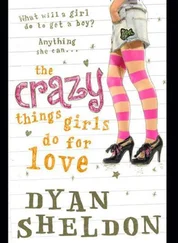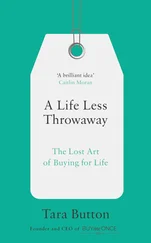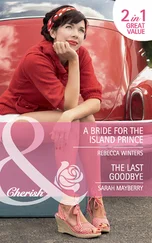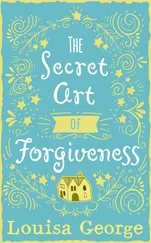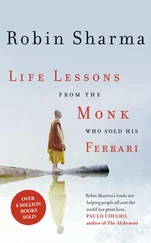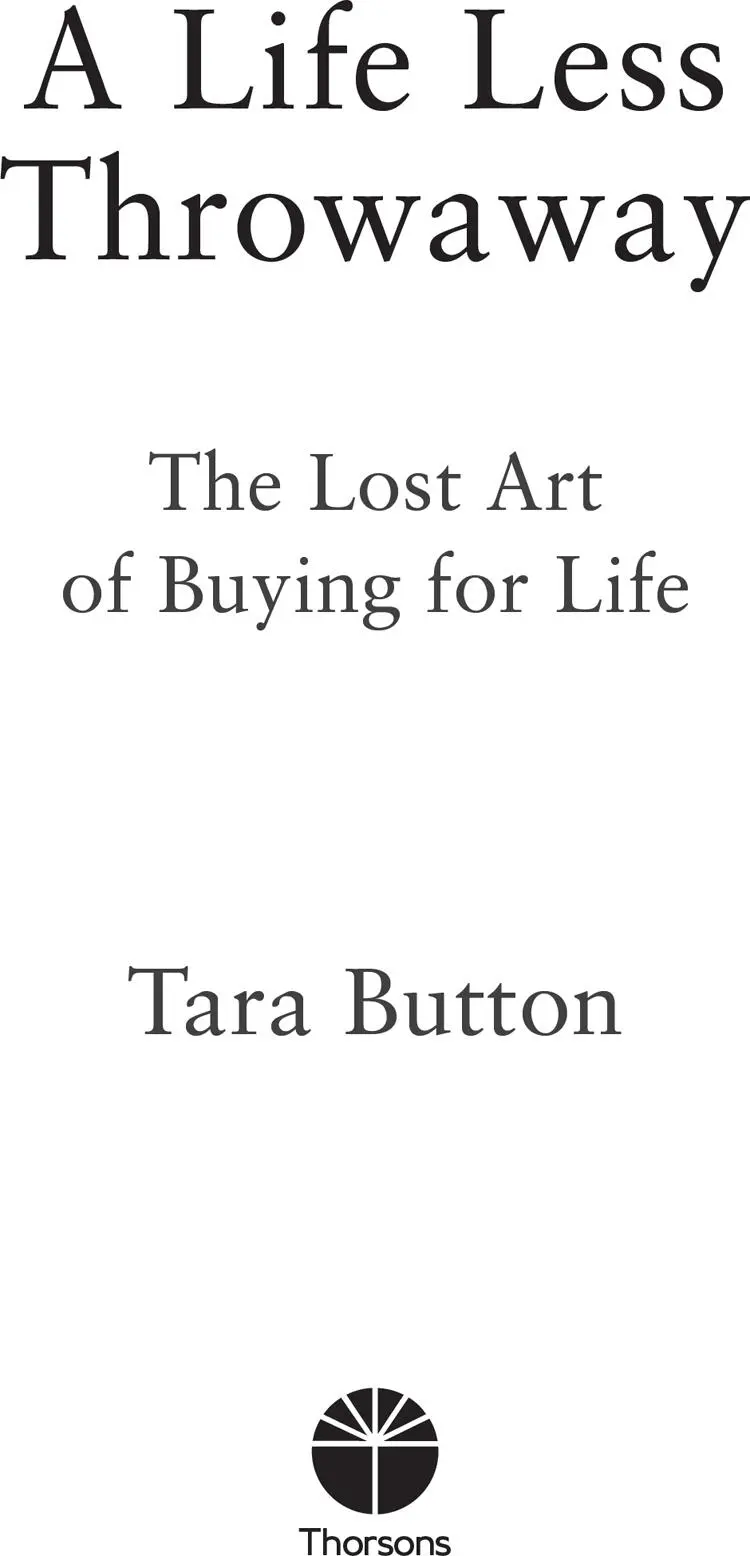
Copyright
While every effort has been made to trace the owners of copyright material reproduced herein and secure permissions, the publishers would like to apologise for any omissions and will be pleased to incorporate missing acknowledgements in any future edition of this book.
This book reports information and opinions which may be of general interest to the reader. Neither the author nor the publisher can accept responsibility for any accident, injury or damage that results from using the ideas, information or advice offered in this book.

Thorsons
An imprint of HarperCollins Publishers
1 London Bridge Street
London SE1 9GF
www.harpercollins.co.uk
First published by HarperCollins Publishers 2018
FIRST EDITION
© Tara Button 2018
Tara Button asserts the moral right to be identified as the author of this work
A catalogue record of this book is available from the British Library
All rights reserved under International and Pan-American Copyright Conventions. By payment of the required fees, you have been granted the nonexclusive, non-transferable right to access and read the text of this e-book on screen. No part of this text may be reproduced, transmitted, downloaded, decompiled, reverse engineered, or stored in or introduced into any information storage retrieval system, in any form or by any means, whether electronic or mechanical, now known or hereinafter invented, without the express written permission of HarperCollins e-books.
Find out more about HarperCollins and the environment at www.harpercollins.co.uk/green
Source ISBN: ISBN 9780008217716
Ebook Edition © December 2018 ISBN: 9780008217723
Version: 2018-12-23
Dedication
For my great makers:
My parents, who made me,
Mark, the one making dreams come true,
Juliet, the best maid of honour,
and Howard, who makes me happy every day
Contents

Cover
Title Page
Copyright
Dedication
Introduction: Or why I want my grandmother’s tights
List of Exercises
PART I
BROKEN BEHAVIOUR
1 Mindful Curation:Or how to resist a world that’s trying to make us broke and lonely
2 Planned Obsolescence:Or why they don’t make ’em like they used to
3 Psychological Obsolescence:Or why no one wants their parents’ old settee
4 Advertising:Or how many people does it take to sell a lightbulb?
5 Marketing:Or the ten tactics that make us spend
6 Fashion and Identity:Or why everyone should dress like my friend Ben
7 Faster and Faster Fashion:Or how to get off the trend treadmill
8 Born to Shop:Or how our monkey brain influences what we buy
PART II
LIVING A LIFE LESS THROWAWAY
9 Becoming a Curator:Or how to begin buying with purpose
10 Taking Stock:Or where did all this stuff come from?
11 Before You Shop:Or ‘A Tale of Two Shoppers’
12 Out at the Shops:Or how scents, shelves and salespeople get us spending
13 The BuyMeOnce Buying Guide:Or how to find the best stuff on the planet
14 Keeping and Caring:Or how to hold on to the things you love
15 On Money and Happiness:Or how to be happy in a cash-mad world
Conclusion:Or what does success look like in a life less throwaway?
Ten Steps to Master Mindful Curation
Appendix I: Care and Repair
Appendix II: Choosing Materials for Clothing
Appendix III: Brand Values
Appendix IV: Know Your Warranties
Endnotes
Further Reading
Acknowledgements
Index
About the Publisher
Introduction
or
Why I want my grandmother’s tights
My grandmother’s tights used to last forever. They were so strong, people could tow cars with them, and did! Granny got two pairs – one to wash and one to wear. But then the manufacturers decided to change the way their stockings were made, and not for the better. So today, when I reach for a pair of tights, it’s like playing pantyhose Russian roulette. Which pair will break this morning?
It may not seem like a crisis to have a drawer stuffed with half-laddered hosiery, but I see it as a very small glimpse into a much larger problem. Our whole houses, our whole lives , have become stuffed full of things that let us down, cause our stress levels to skyrocket and our bank accounts to empty. But precisely because these things are poorly made or faddy, perversely we are compelled to buy more of them.
But couldn’t life be different? What if we decided to surround ourselves with beautiful, well-made things that lasted forever, instead of ‘for now’ objects that soon need replacing?
That was the seed of an idea that came to me in 2013.
Before then I was a paid-up loyalty-card-carrying member of the impulse-shopper club who never questioned the things I bought. I’d always been a spendthrift. My mother says that as a child it never much mattered how much pocket money I was given, I was always broke, and this behaviour carried on into adulthood. Once I’d decided I wanted something, I ‘needed’ it right away, and so my life and home became filled up with stuff that was ‘almost but not quite right’. Longevity wasn’t one of my criteria, so I owned temporary things, poorly thought-through and soon-regretted clothes or hobby and fitness equipment bought in fits of short-lived enthusiasm.
My habitual impulse buying eventually caused credit card debts of thousands of pounds, leaving me feeling out of control, childish and angry with myself. I would come home to a chronically cluttered house, which was exhausting to tidy or clean, and stare blankly at my piles of fast-fashion clothes, wondering why I felt I had nothing to wear.
Like many people, I was stumbling through life believing that ‘when this happens or when I have that, then I’ll be happy’. Without a clear sense of self, I’d unconsciously mould my character into whatever I thought my partners wanted me to be. When my last relationship failed, therefore, I was left so lost, I had to spend some time on antidepressants. With my thirties looming, I felt as though I’d screwed my life up and chucked it away like a free hand wipe.
At the same time I’d managed to fall into the moral wasteland that is the advertising world. My job was now to write adverts for some of the world’s biggest brands, trying to persuade people like me to buy more stuff, whether they needed it or not. Five years ago I had a full-on breakdown in front of my friends on holiday, and in the plane toilet on the way home, I looked in the mirror and vowed to make a change. I just wasn’t sure what form that change would take.
The change came in the form of a pot – a baby blue Le Creuset casserole pot given to me for my thirtieth birthday. It came with a reputation for lasting for generations, and when I held it, it just felt like an heirloom. It was startlingly beautiful, and I reflected that owning it meant I potentially never had to buy another pot again. ‘If only everything in my life was like this,’ I thought.
Читать дальше





